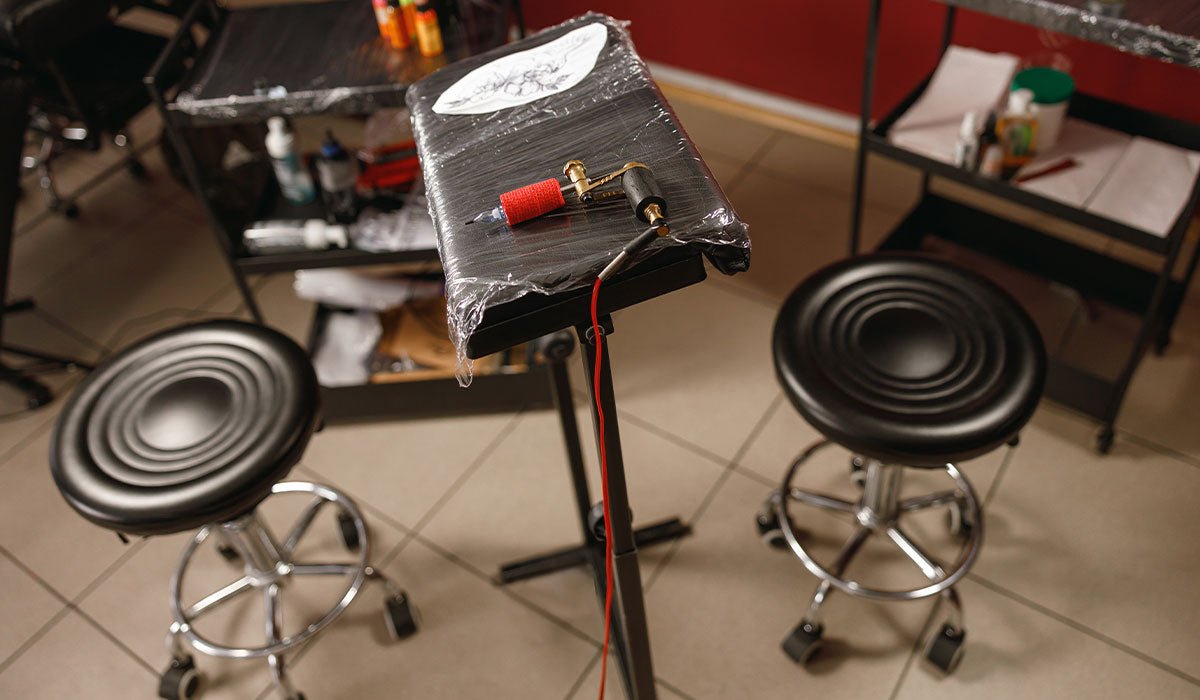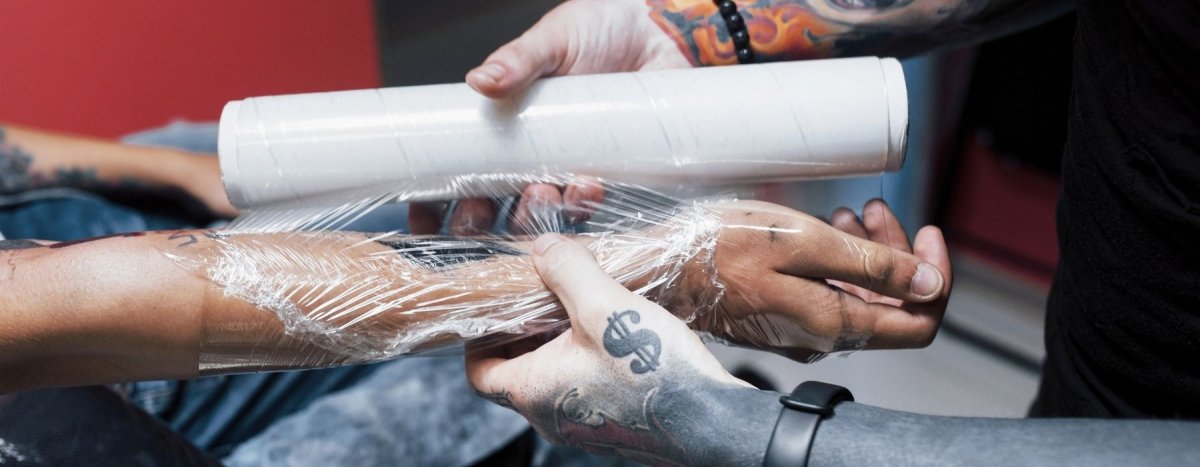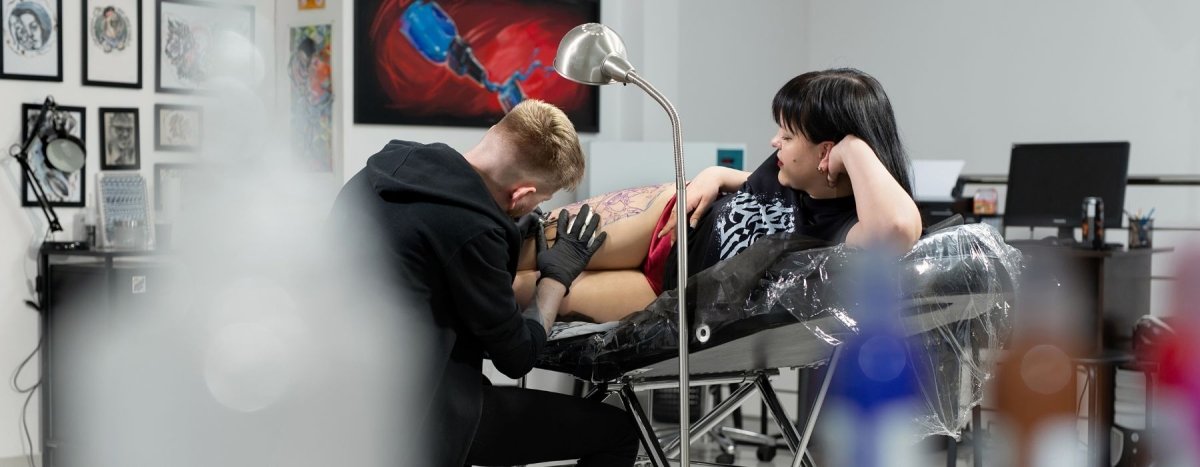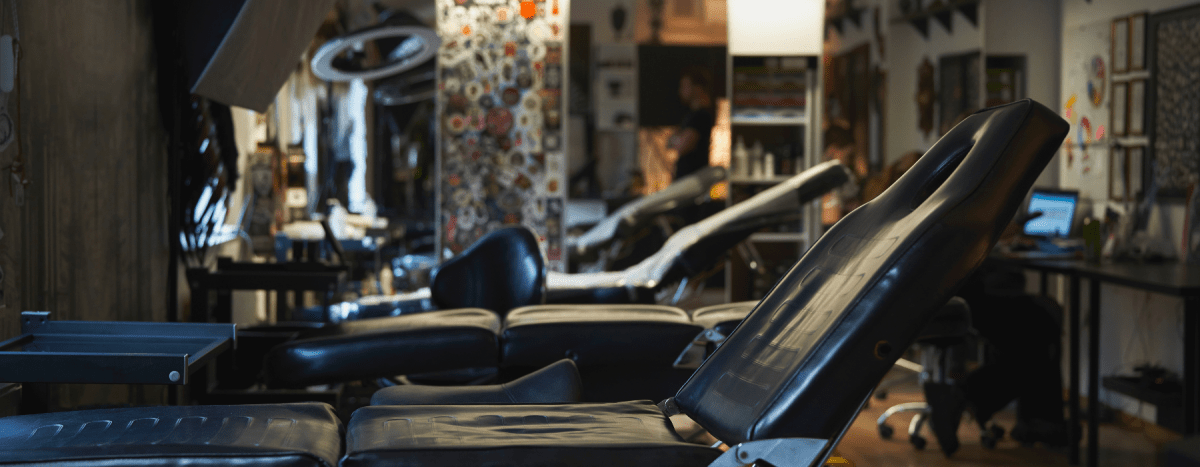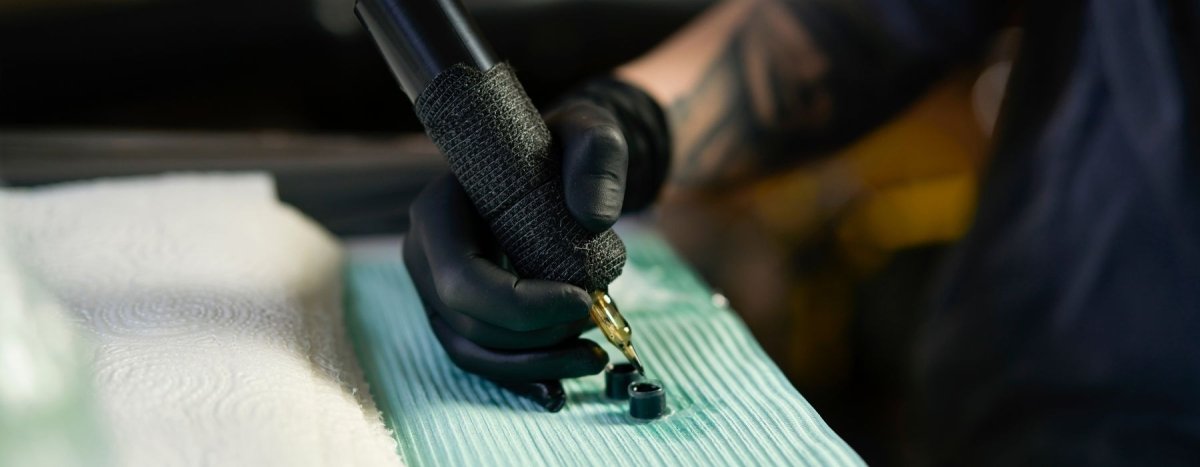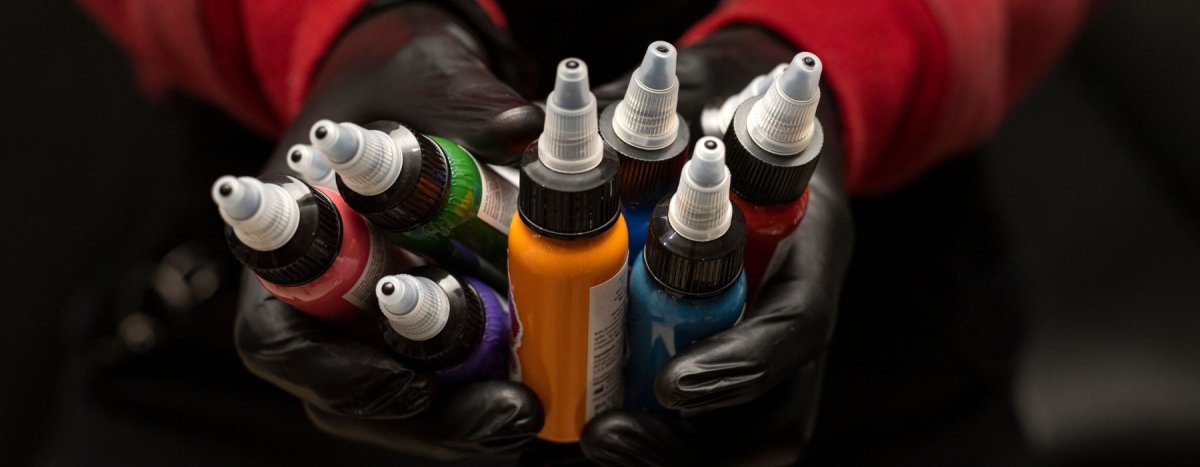Your cart is empty
Looks like you haven't added anything to your cart yet

How to Handle Difficult Clients as a Tattoo Artist
If you’ve been tattooing long enough, you’ve probably met every type of client: the nervous talker, the one who shows up late, the one who wants to “redesign everything” mid-session, or the straight-up rude one who thinks they know your job better than you do.
Yeah, it happens.
But here’s the truth — how you handle these moments says way more about your professionalism than the tattoo itself. Let’s go over some easy ways to stay cool, calm, and in control no matter who’s in your chair.
1. Stay Cool — Don’t Let Them Get in Your Head
The number-one rule when dealing with difficult clients? Don’t match their energy.
If they start acting stressed, pushy, or impatient, take a breath and stay calm. Remember, you’re the professional here.
When you stay relaxed and confident, it sets the tone for the whole session. Most people will chill out when they realize they can’t rattle you.
Pro tip: keep your tone friendly but firm. You don’t need to be robotic — just clear and steady.
2. Set Expectations Early
Most issues start before the needle even hits the skin. Avoid surprises by setting everything straight during the consultation:
-
Show the design clearly and get full approval.
-
Explain pricing and deposit rules.
-
Be honest about how long the session will take.
-
Walk them through aftercare instructions.
When people know exactly what to expect, they’re way less likely to freak out halfway through. Clarity upfront saves drama later.
3. Learn to Say “No” (The Right Way)
You don’t have to say yes to everything — especially if it’s unsafe, unrealistic, or just not your style. The trick is saying “no” without sounding rude.
Try something like: “I totally get what you’re going for, but that placement won’t hold up well over time. Let’s tweak it so it heals better.” Or: “That design might lose detail once it’s healed. How about we make it slightly bigger?” You’re not rejecting their idea — you’re guiding them. That’s what a professional does.
4. Keep Control of Your Space
Your studio, your rules. If a client brings five friends, starts eating in your booth, or keeps moving around, you’ve got every right to step in.
You can say it politely: “Hey, I just need a quiet space to keep my lines clean. I’ll be faster if I can really focus.”
Setting boundaries early keeps your vibe (and your lines) clean.
5. Handle Criticism Gracefully
Even the best artists get feedback that stings. Sometimes clients don’t realize how their words come across.
If they make a comment about your work, listen first before reacting. If it’s valid — cool, fix what you can. If it’s just attitude — stay polite and move on.
And if someone trashes your work online, don’t take the bait. A calm reply like, “Hey, sorry your experience didn’t meet expectations. Let’s chat privately and make it right,”
shows everyone else that you’re mature and professional.
6. Protect Yourself with Clear Policies
Before anyone sits in your chair, they should know the rules.
Create a simple policy that covers:
-
Deposits and cancellations
-
Touch-up fees
-
No-show penalties
-
Behavior expectations
Get everything in writing and make them sign. It protects you if something goes south later. It also shows you’re running a legit business — not a casual side hustle.
7. Know When to Walk Away
Sometimes, the best move is to skip the client altogether. If someone disrespects you, won’t listen, or keeps crossing boundaries, it’s okay to say:
“I don’t think I’m the right artist for this project, but I wish you luck finding the right fit.”
Not every dollar is worth the headache. Protect your peace. There are plenty of respectful clients out there who’ll value your art and your time.
8. Use Communication to Build Trust
A lot of “difficult” clients aren’t actually bad people — they’re just nervous. Getting a tattoo is a big deal, especially for first-timers.
Take a few minutes to explain what you’re doing and why. When clients feel informed, they’re less likely to question you mid-session. That little bit of reassurance can completely change their attitude.
9. Document Everything
If something feels off — like the client keeps changing their story or complains about prices — document it.
Save texts, DMs, and signed forms. It’s not about paranoia — it’s about protection. Having proof helps you if someone later claims you messed up or didn’t deliver what they agreed to.
10. Learn from Every Experience
Every tough client teaches you something. Maybe it’s how to word things better during consultations, or how to spot red flags early. Take notes mentally (or literally) so you don’t repeat the same headaches.
Growth doesn’t just come from perfect clients — it comes from the hard ones, too.
Final Thoughts
Difficult clients are part of the tattoo game. What matters is how you handle them.
Keep your cool, set boundaries, and always communicate clearly. The more professional you act, the more respect you’ll get — even from the clients who started off rough.
Your reputation as a tattoo artist isn’t built on one perfect design — it’s built on how you handle people. Stay patient, stay kind, and stay focused on the art. The right clients will notice.
Featured Blogs
- Choosing a selection results in a full page refresh.




